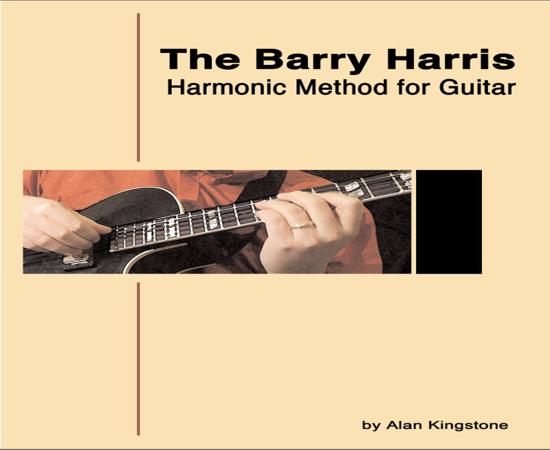Unveiling the Mysteries: The Origin of Harmonic Excellence
Exploring the world of music theory unveils a realm of interconnected chords and scales that form the backbone of musical composition. In this article, we delve into the origins and significance of the four essential chord types and their scales, shedding light on their profound impact on music creation and understanding.
the barry harris harmonic method for piano
When it comes to understanding chord types and scales, one renowned figure stands out – Barry Harris. As the founder of the barry harris institute of jazz, his teachings and methods have revolutionized how musicians approach harmony and improvisation. The Barry Harris method for piano has become a cornerstone for many aspiring and seasoned pianists, offering a unique perspective on jazz theory and harmonic intricacies.
Unlocking the Essence: the barry harris book Review
For those seeking to deepen their understanding of chords and scales, the barry harris book is a treasure trove of knowledge. Through comprehensive explanations and practical exercises, the book breaks down complex harmonic concepts into digestible insights, making it a valuable resource for musicians of all levels. Let’s delve into a review of the Barry Harris book and explore its impact on the music community.
Benefits of the barry harris book
- Comprehensive breakdown of chord types and scales
- Practical exercises for skill development
- Insightful explanations on jazz theory
- Enhanced understanding of harmonic progressions
The Significance of the Four Important Chord Types
Understanding the four important chord types – major, minor, augmented, and diminished – is crucial for any musician looking to master harmony. Each chord type conveys a distinct mood and emotion, influencing the overall tonality of a musical piece. By mastering these chord types and their corresponding scales, musicians can enhance their compositions and improvisations with depth and complexity.
Detailed Explanation of Chord Types and Scales
Major chords exude a sense of brightness and stability, commonly used in uplifting compositions. Minor chords, on the other hand, evoke a melancholic or introspective atmosphere, adding depth to musical arrangements. Augmented chords introduce a sense of tension and dissonance, while diminished chords create a sense of suspense and unease.
Corresponding scales such as the major scale, natural minor scale, melodic minor scale, and diminished scale complement these chord types, providing a harmonic framework for melody and improvisation. By understanding the unique characteristics of each scale, musicians can navigate complex harmonies with confidence and creativity.
Frequently Asked Questions
Q: How can I apply the Barry Harris method to my piano practice?
A: Incorporate the Barry Harris exercises into your daily routine and explore different harmonic progressions to internalize the concepts effectively.
Q: Is the barry harris book suitable for beginners?
A: Yes, the Barry Harris book offers a structured approach that caters to musicians of all levels, providing a solid foundation in jazz theory and harmony.
Q: What sets the Barry Harris method apart from traditional teaching approaches?
A: The Barry Harris method emphasizes ear training and understanding the harmonic function of chords, offering a practical and intuitive way to approach music theory.
Q: How do the four important chord types influence musical expression?
A: Each chord type conveys a unique emotional quality that shapes the tonal palette of a composition, allowing musicians to evoke specific moods and atmospheres in their music.
Q: Where can I find more information about the Barry Harris method and book?
A: Visit the Barry Harris official website for in-depth resources, book reviews, and ordering information to embark on your harmonic journey.
In Conclusion
The exploration of chord types and scales opens a gateway to endless musical possibilities, enriching compositions with depth, emotion, and complexity. By embracing the teachings of visionaries like Barry Harris and delving into the essence of harmonic theory, musicians can unlock their full creative potential and embark on a transformative musical journey.

